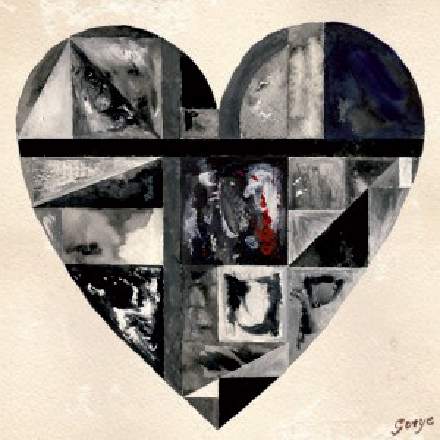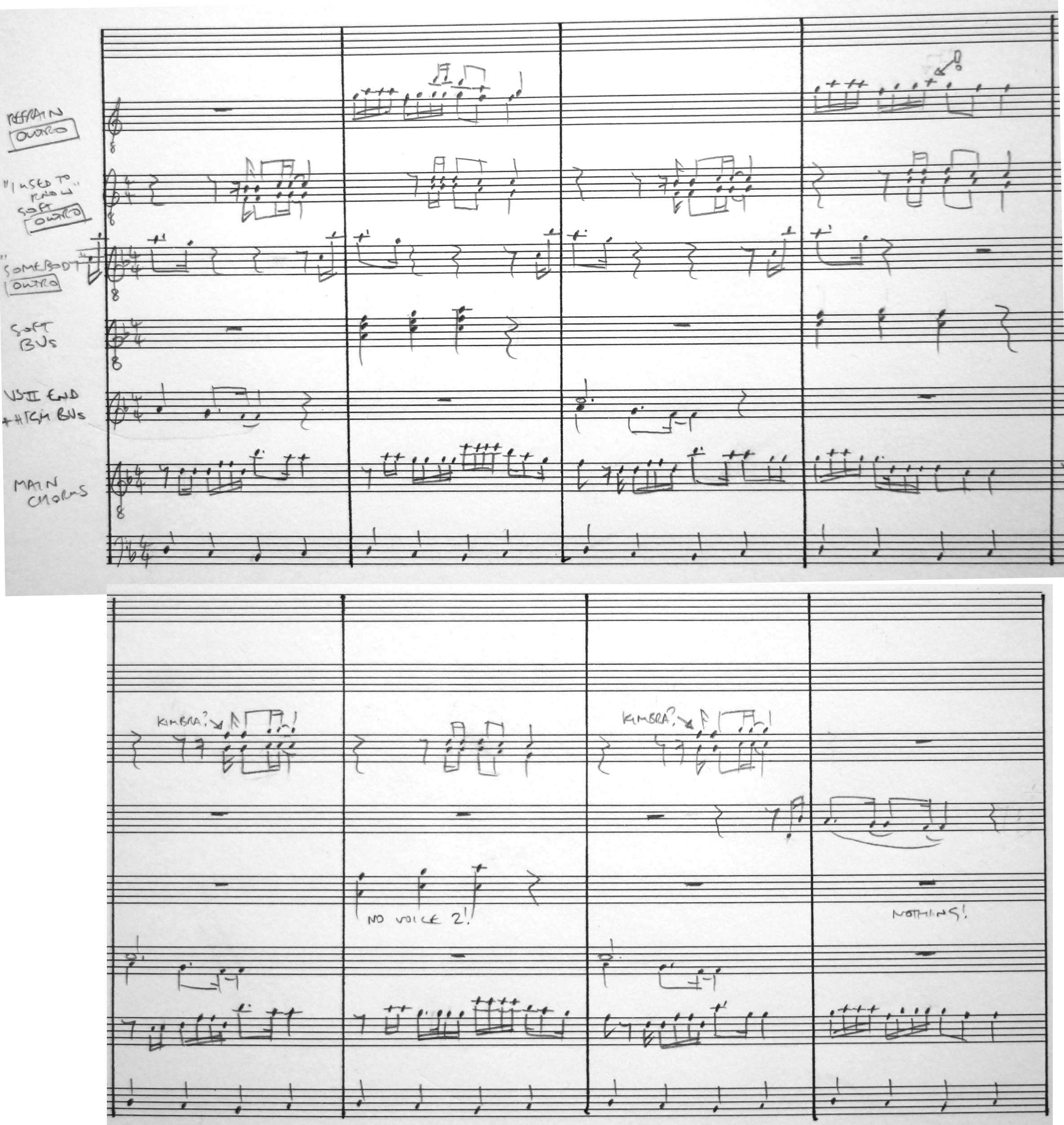
Youtube has a lot of critics, but I for one continue to give thanks for its role in connecting exciting new artists direct to the public. Only a few months back, it turned up Lana Del Rey for us, and now it’s alerted the world to this cracking music from Gotye. That the final version of ‘Somebody That I Used To Know’ apparently took him six months to complete isn’t hard to believe, because it’s a treasure trove of sonic details that amply rewards repeated listening.
The press have already made much of the nursery-rhyme xylophone, a brilliant demonstration of the hookiness of wilful absurdity, but what may have slipped some people’s notice is that the line starts on C — neither the song’s root-note of D, nor the F that would have allowed its ‘Baa Baa Black Sheep’ melody to be quoted unchanged within the prevailing Aeolian mode. As it is, the sixth note of the line has been flattened to fit. So it’s not just the childlike cultural connotations of this musical snippet that jar the listener here, because the implied root-note disagreement and the distortion of such a deeply ingrained melodic contour are also both relevant factors, in my view.
And there are so many other treats besides. I love the pulsing stereo vinyl noise inherent in the opening sample loop, and the way the ‘kicking a skip’ rhythmic layer that arrives on the left side at 0:05 combines with it to give a kind of ‘found sound’ aura to the whole proceedings. The right-panned snare loop at 0:45-1:30 and 2:48-3:01 complements the latter really nicely too, and its greater prominence in the balance prior to the second chorus provides apt support for guest-vocalist Kimbra’s angry upswell. Another couple of gems occur during her verse section: the single autoharp notes at 2:33 and 2:44, and the fabulously breathy flutes — a fulfilment of the ghostly premonition that lurked in the shadows of the preceding chorus.
Of course, none of these arrangement frills would be worth a brass farthing if the vocals at the song’s heart were weak, and it’s a testament to Gotye’s songwriting, performance and production talents that they keep a firm grip on the attention despite a wealth of potential background distractions. On a performance level, it’s fantastic the way his supremely restrained ‘gritted-teeth’ delivery of lines like “when you said you felt so happy you could die” and “glad it was over” packs its punch through understatement, something that’s always extremely tricky to pull off on record without just sounding bored! And the pay-off is that his strained high-register outpouring of bottled-up resentment then makes a lot more emotional impact when the chorus arrives. Of course, Kimbra’s verse is also a star turn, perfectly pacing the build-up from soft needling into outright hostility to catapult us into the final chorus and outro.
Picking apart the layers of the subsequent vocal arrangement, it’s the sense of light and shade that impresses me most. Consider the way the strident and accented ‘Oh’ backing vocals (3:11-3:13) play call and response with the softer swell of the ‘Er/Ah’ chords (3:14-3:17), for instance, or the contrast between the outro’s high “somebody” refrain at 3:32 and the lower-register “I used to know” which follows at 3:34. However, a few minutes spent transcribing the parts left me pondering a few questions. Firstly, was the omission of the inner BV line at 3:22 (relative to the version at 3:07) intentional? In principle, I can understand that maybe hollowing out the texture helps draw attention to the expressiveness of the lead line’s switch to falsetto there, but on a purely musical level it feels like the jigsaw’s missing a tiny piece there.
I’m also tantalised by the thought that it might be Kimbra singing the new top line when those “I used to know” BVs switch to their higher inversion at 3:49, or indeed doubling the final “somebody” at 3:58. It’s tricky to be sure by ear, but I’d like to think it is her voice there — a stubborn trace of Gotye’s old flame refusing to fade from memory.
This is the first chart track in a while that I’ve really wanted to turn up, so kudos to the Gotye team for striking a blow against the loudness-at-all-costs camp – especially as their dynamics appear to pay off even when compressed for broadcast. I was also delighted to hear obvious wide vibrato on some of the melodic synths here, as vibrato is so often a victim of the pitch-ambiguity-averse culture that seems to pervade the charts these days.
Another little thing I think’s very effective with this song is the way the verses are based on the D-C bass-note oscillation, but then the choruses break out and extend that to D-C-Bb-C – for me at least, this small additional freedom in the bass feels like it supports the move to the chorus’s less restrained vocal delivery in a subtle psychological way.
Finally, I mentioned that I’d transcribed the vocal arrangement of this song for the purposes of the critique. In case anyone wants to look at that transcription, here are some of my manuscript scrawls!











